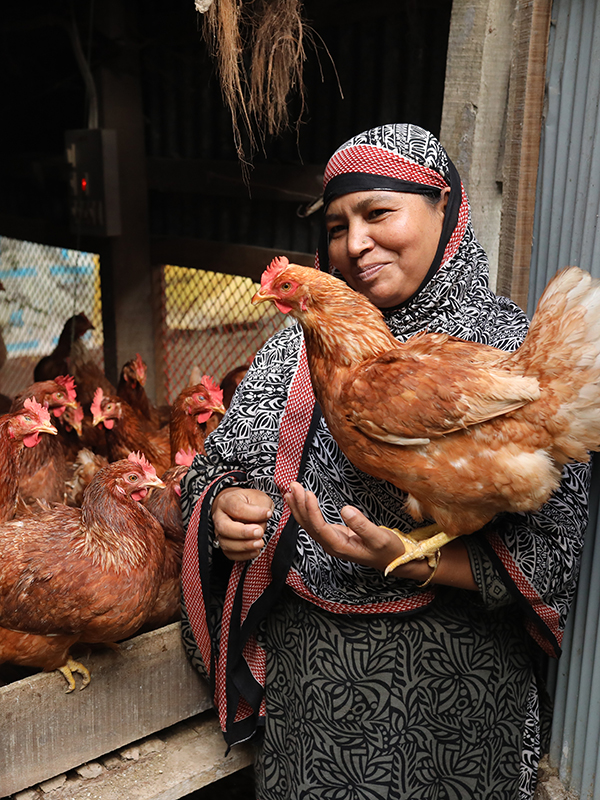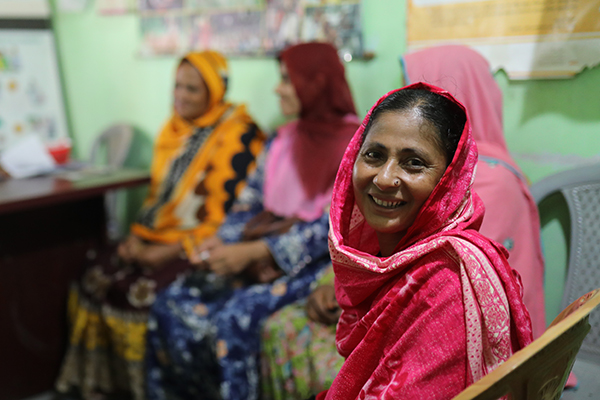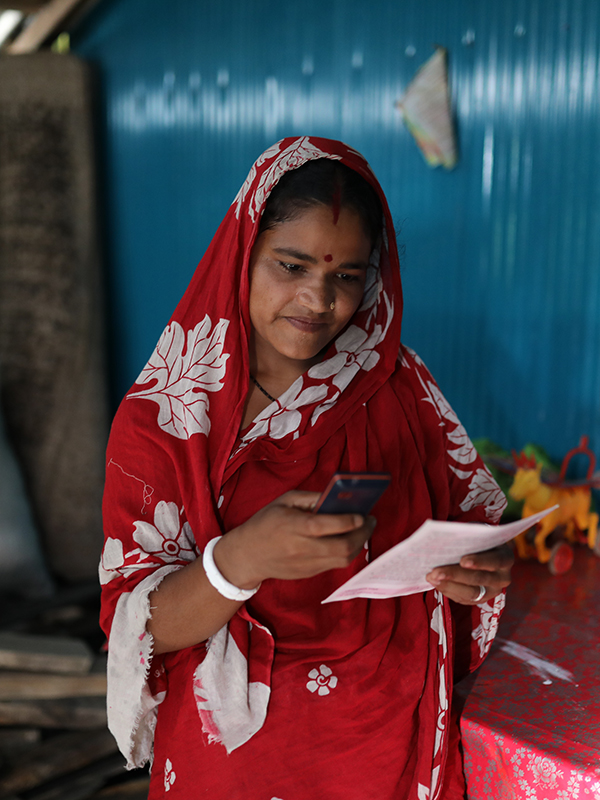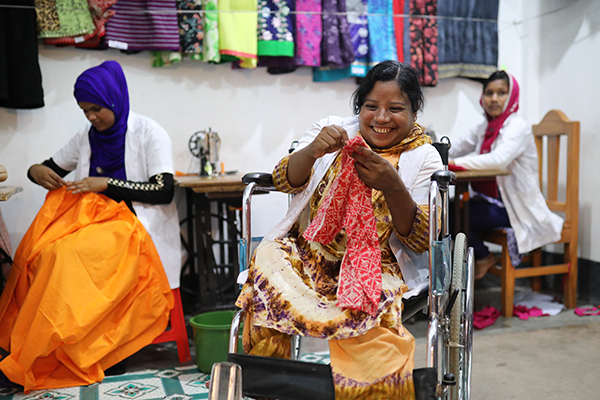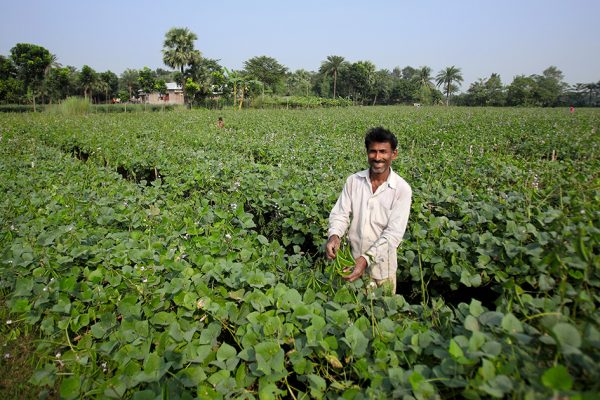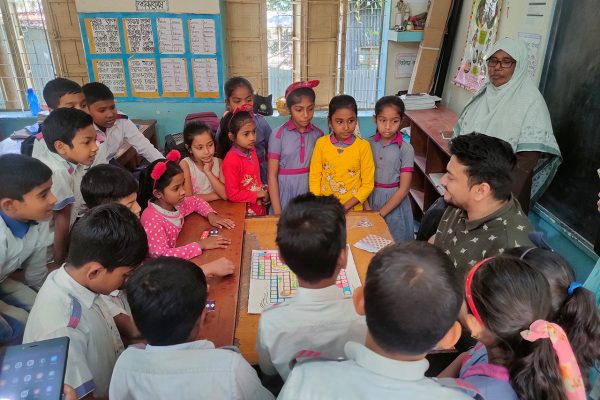How does microfinance support social transformation?
Reading Time: 2 minutes
Microfinance is the idea that individuals from low-income backgrounds are capable of lifting themselves out of poverty if given access to financial services. This starts with what most of us take for granted – savings, insurance and credit facilities.
Shumon is a farmer living in a village in Bangladesh. He does not own any land. He is a seasonal worker and receives a few thousand taka every month. He wants, more than anything, to lease out a piece of land so he can generate a steady income. But he earns too little, and it would take him years to save.
Shumon wants to take a loan. He is certain that he would be able to pay the money back along with the interest with the additional income from growing crops on his own land.
But who would lend him the money?
The income of his family and neighbours are almost the same as his. He cannot go to banks because he cannot read and write and even if he could, banks rarely lend small amounts to farmers like Shumon. The local moneylenders would charge high interest rates and sometimes set impossible conditions to deceive people. He does not have the skills or education to take up a formal job.
In short, there is no way to escape this trap.
This is the reality for almost 87% of the workforce in Bangladesh who are employed in informal jobs. Around 77% of them live in rural areas. They have limited access to financial services, which means they are unable to save for a secure future or invest in a business or asset to generate income.
Microfinance is the idea that individuals with low income are capable of lifting themselves out of poverty if given access to financial services. This starts with what most of us take for granted – savings, insurance and credit facilities. Most often, the credit sizes are small, typically known as microcredit, appropriate for their needs and capacity. With the help of these services, those with low income can buy assets, start or expand a business, smooth consumption and reduce vulnerability to shocks such as health emergencies or natural disasters.
While traditional banks serve those who already have financial assets, microfinance caters to those who don’t. Over the years, it has proven to be a key enabler of financial inclusion and development.
Microfinance focuses on some key areas to improve people’s lives.
Click on the photos below to see some of the stories.
Tahjib Shamsuddin is a communications specialist at BRAC.




